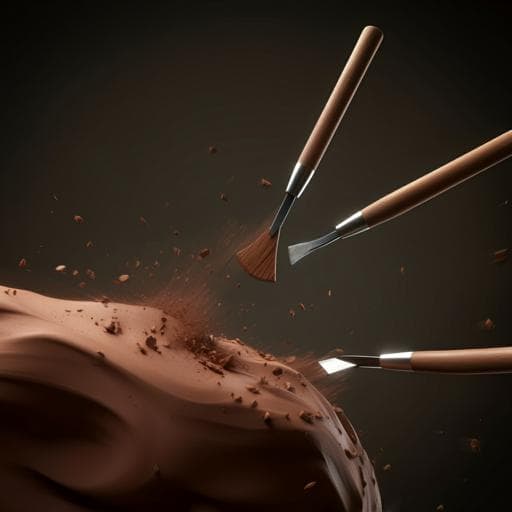
The Arts
Dynamics of artistic style: a computational analysis of the Maker’s motoric qualities in a clay-relief practice
N. Dick, A. Prusak, et al.
This exciting research by Nir Dick, Ayala Prusak, and Amit Raphael Zoran explores the dynamic interplay of artistic styles through motor techniques and their transitions. Discover how this innovative methodology allows for quantitative analysis of artistic creation, breaking free from traditional aesthetic evaluations.
~3 min • Beginner • English
Related Publications
Explore these studies to deepen your understanding of the subject.







